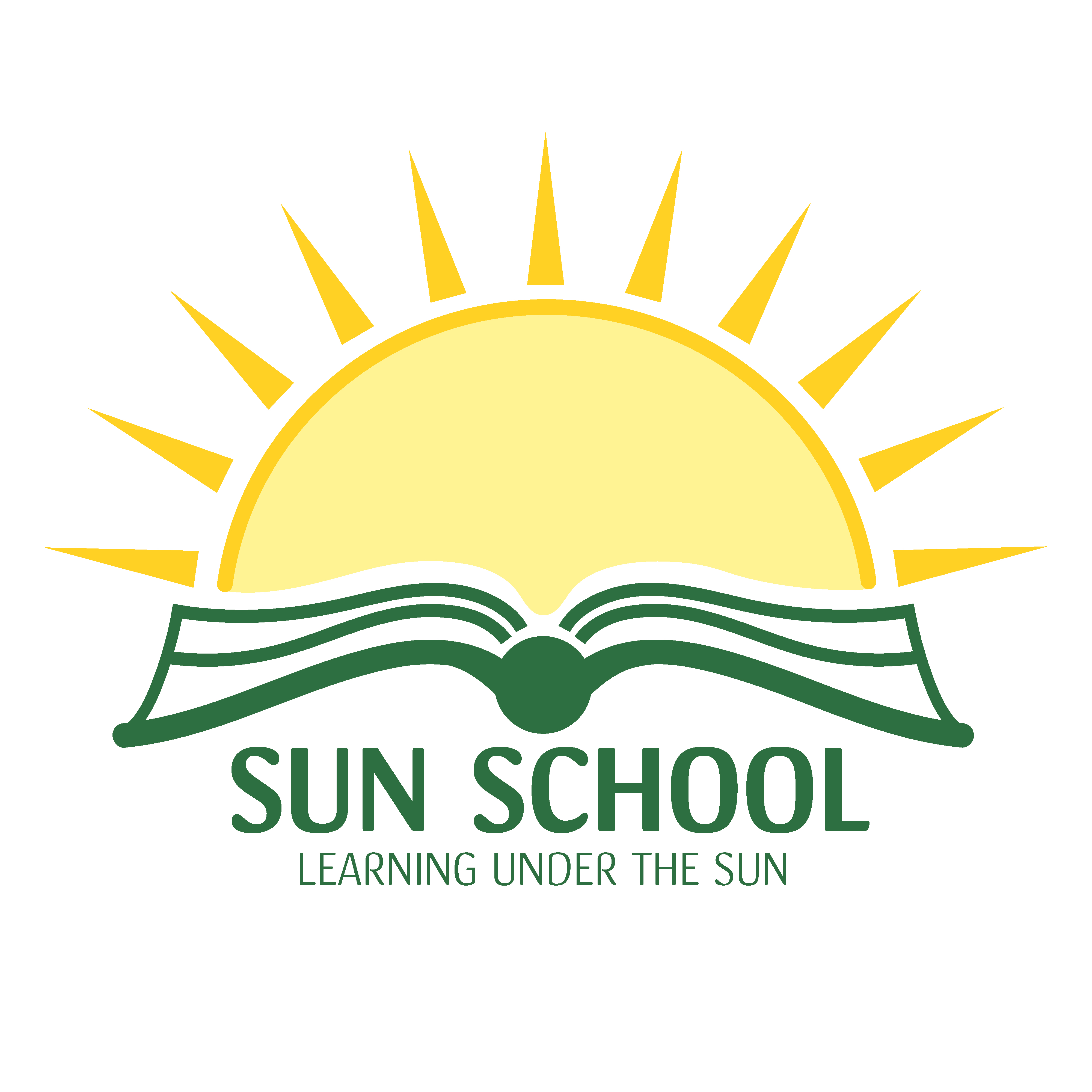Field Trip Workshops
Ecosystem Explorers
P/J/I - Social Studies/History/Geography - Mapping
Brief Overview: This field trip workshop brings the excitement of learning to a natural location of your choice. Students will explore their local environment through a nature walk, using binoculars to observe their surroundings. They’ll engage in sound mapping, creating their own map and legend to document the sounds they encounter. Afterward, students will enjoy a read-aloud of Bioblitz! Counting Critters by Susan Edwards Richmond, sparking discussions about citizen science, bioblitzes, and the use of apps like iNaturalist, Seek, and Merlin Bird ID. Following this, students will participate in a team-based bioblitz, putting their newfound knowledge into action. To conclude the workshop, students will have free exploration time, using gardening tools and magnifying glasses to further connect with nature and make their own discoveries.
Curriculum Connections:
Social Studies/History/Geography
Spatial Skills: Using Maps, Globes, and Graphs - creating maps and legends
Analyzing/Interpreting: Students extract information from, plot information on, and/or analyze various types of maps to help them determine patterns, trends, and/or interrelationships.
Roots & Routes
P/J/I - Science - Plants and Animals
Brief Overview: This field trip workshop brings the joy of learning to a natural location of your choice. Students will begin their adventure by exploring their local environment through a fun game of nature BINGO. They will discover the fascinating world of mycorrhizal networks, learning how plant and tree roots connect to share water and nutrients. The workshop also delves into the behavioral adaptation of migration, offering students an engaging perspective on how birds survive and thrive. In teams, students will participate in a scavenger hunt, fostering teamwork and curiosity. To wrap up, students will enjoy free exploration time, equipped with gardening tools and magnifying glasses, encouraging them to connect with nature and make their own discoveries.
Curriculum Connections:
B1.2 assess impacts of various human activities on animals and the places where they live, and describe practices that can minimize negative impacts
B2.4 describe ways in which a variety of plants adapt and/or react to their environment and to changes in their environment
B2.8 describe ways in which plants and animals, including humans, depend on each other
B2.5 describe adaptations, including physical and/or behavioural characteristics, that allow various animals to survive in their natural environment
